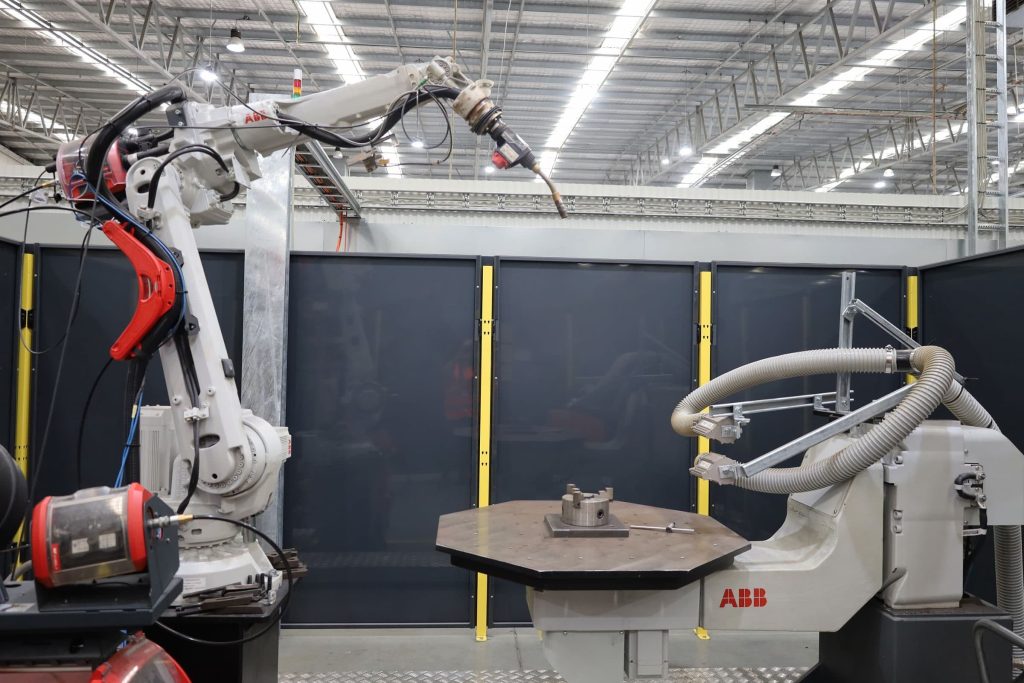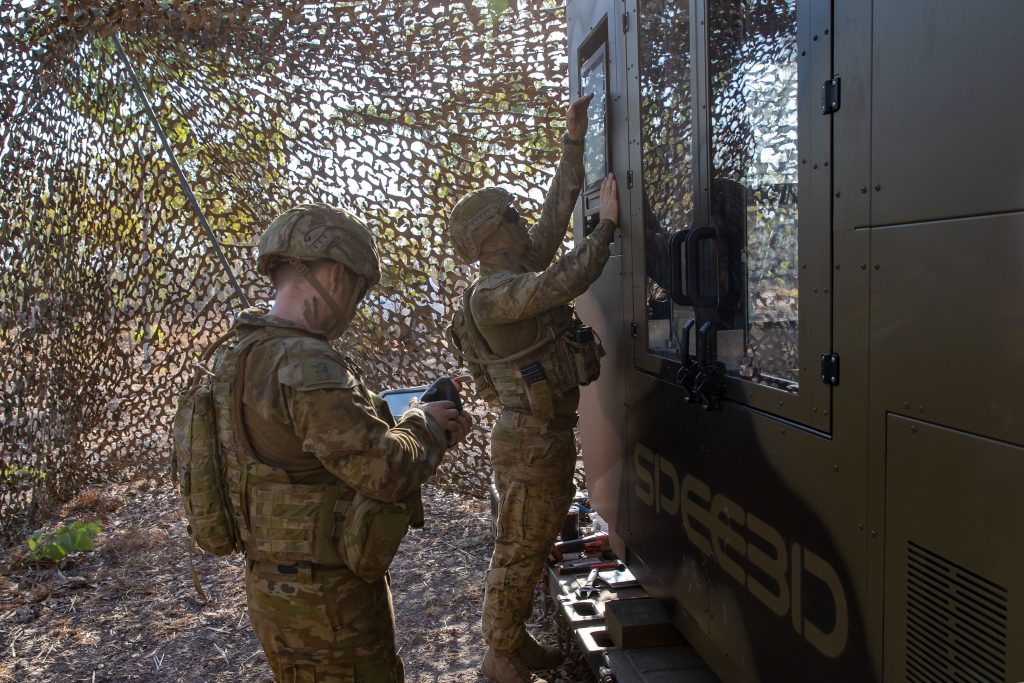Metal 3D printer manufacturer AML3D has been contracted by BAE Systems Maritime Australia to develop prototype warship parts for the Royal Australian Navy.
While the nature of these components hasn’t been disclosed, and AML3D says their value is “not material,” the deal does represent a chance for it to showcase the defense applications of its Wire Additive Manufacturing (WAM) process. Set to be shipped in Q4 2022, it’s said these prototypes could offer a higher strength alternative to the traditionally-cast parts used in the build of Hunter class frigates.
“Developing our commercial relationships across the marine and defense sectors are key to AML3D’s strategic growth plan,” said newly-appointed AML3D CEO Ryan Millar. “We had great confidence that WAM would satisfy BAE Systems Australia’s testing protocols and are pleased to have successfully moved this project out of the validation testing phase.”

WAM makes waves in maritime defense
AML3D has built its business around a proprietary WAM process, which combines welding, robotics, material engineering and proprietary software, to enable the freeform 3D printing of metal objects. Incorporated into its ARCEMY 3D printer, the company’s technology functions like that of most Directed Energy Deposition (DED) units, in that it layers wire feedstock, only it does so under inert gas shielding.
As a result, the machine doesn’t need to operate with an enclosed chamber. The firm itself says this not only enables the ARCEMY to create much larger parts than traditional technologies, but makes doing so 70% cheaper and 85% less wasteful.
Leveraging a suite of these systems fitted at its facility in Edinburgh, Australia, AML3D offers to manufacture made-to-order end-use components. Having been accredited by Lloyd’s Register and secured Additive Manufacturing Facility Accreditation from DNV, the company’s services have become increasingly popular in highly-regulated industries, particularly within the maritime defense sector.
Two years ago, Austal contracted AML3D to 3D print naval defense parts, designed to be more ergonomically friendly and lighter, with enhanced load-bearing capabilities. The firm also continues to establish a strong presence in oil & gas, shipping an eight-ton metal 3D printed pressure vessel to ExxonMobil in September.

Engaging in warship 3D printing R&D
As part of the Hunter Class Frigate Program (HCFP), BAE Systems has been tasked with building a fleet of frigates based around the Type 26 Global Combat Ship it’s constructing for the Royal Navy in Scotland. Designed to replace the Australian Navy’s Anzac class ships, the new vessels are set to feature an adaptable design, enabling them to be upgraded to meet maritime defense needs as they evolve.
AML3D’s involvement in the development of these ships dates back to 2020, when it initiated a commercial validation testing program. As part of the initiative, the company set out to prove that its WAM technology could meet BAE Systems Australia’s standards for 3D printed components, while reducing lead times.
Having now done so, and shown that the process is “suitable to support the design, new build and maintenance of marine assets in Australia,” AML3D is preparing prototypes for shipment later this year. According to Millar, the company’s contribution to the project is significant, as it has showcased the potential of WAM to a defense contractor with deep roots in the Australian defense sector.
“Providing prototype components that will support BAE Systems Australia’s contract with the Royal Australian Navy to build the Hunter class frigates is another step in building a commercial relationship of great significance,” added Millar. “Especially in the context of the scale of BAE Systems Australia’s wider shipbuilding initiatives in Australia.”

The Australian Defence Force is proving a persistent additive manufacturing adopter, with the Australian Army having already carried out a series of SPEE3D 3D printing field trials. In one of several tests last year, the firm’s WarpSPEE3D Tactile 3D printer was deployed in the country’s hostile Northern Territory to create personnel carrier spares on demand.
Aurora Labs has also been contracted by BAE Systems Australia to demonstrate the potential of its technology in the production of 3D printed stainless steel maritime parts. Like AML3D, the firm has been tapped as part of the HCFP program, and its CEO Peter Snowsill has described the deal as being “crucial to its commercialization strategy.”
To stay up to date with the latest 3D printing news, don’t forget to subscribe to the 3D Printing Industry newsletter or follow us on Twitter or liking our page on Facebook.
While you’re here, why not subscribe to our Youtube channel? featuring discussion, debriefs, video shorts and webinar replays.
Are you looking for a job in the additive manufacturing industry? Visit 3D Printing Jobs for a selection of roles in the industry.
Featured image shows a mock-up of the Global Combat Ship BAE Systems has been contracted to build. Photo via Royal Australian Navy.



